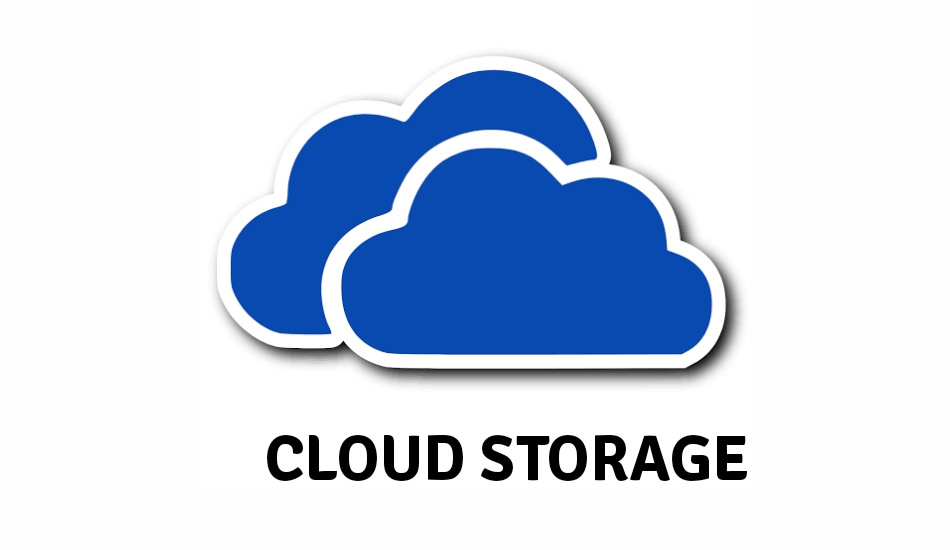Achieve Seamless Combination With Universal Cloud Provider
In the busy landscape of modern-day business operations, the quest for smooth assimilation with global cloud solutions stands out as a vital element for accomplishing organizational effectiveness and competition. By exploring the intricate interaction in between cloud solutions and combination techniques, services can unlock a realm of opportunities to maximize operations, boost cooperation, and drive advancement.
Advantages of Universal Cloud Solutions
Universal Cloud Providers provide a myriad of advantages for organizations looking for efficient and scalable solutions for their varied digital needs. By making use of cloud solutions, companies can avoid the high expenses linked with investing in and maintaining physical servers.
An additional advantage of Universal Cloud Solutions is enhanced versatility and accessibility. With cloud solutions, employees can access data and applications from anywhere with a net connection, allowing remote job and enhancing performance. This accessibility likewise fosters partnership amongst employee, regardless of their physical area.
Moreover, cloud solutions offer durable safety and security attributes, securing sensitive business information from prospective threats. Company invest in innovative protection actions, such as security and routine data back-ups, to make sure the stability and privacy of information stored in the cloud. This degree of safety provides satisfaction for organizations dealing with delicate data and governing conformity needs.
Trick Features for Integration Success
Executing effective combination of cloud services calls for a tactical emphasis on crucial functions that streamline procedures and enhance efficiency. Making sure that the cloud services being incorporated are compatible with existing applications and systems is critical for seamless data circulation and functionality. The incorporated cloud services should be able to range quickly to accommodate changing business needs, whether it's a rise in data volume or customer traffic.
The capacity to integrate information throughout integrated cloud services quickly makes certain that information is always up-to-date and accurate. Tracking and analytics functions are crucial for tracking performance, identifying problems, and enhancing the integrated cloud solutions for peak effectiveness. By concentrating on these key functions, companies can attain effective assimilation of universal cloud solutions.
Ideal Practices for Execution
To make sure the successful integration of cloud solutions, sticking to finest methods for implementation is essential. Plainly specify the objectives of the assimilation, determine the details cloud solutions needed, and develop a timeline for application.
Second of all, choosing the best cloud company is critical. Examine possible companies based upon their track record, security actions, scalability, and compatibility with your existing systems. Conducting complete study and seeking suggestions can assist in making a notified choice.
Furthermore, prioritize information security throughout the implementation procedure. Apply encryption, gain access to controls, and routine protection audits to safeguard sensitive info. In addition, make certain proper training for workers to minimize threats related to human error.
Finally, keep clear communication channels with all included go celebrations to resolve any problems without delay and guarantee a smooth assimilation procedure. On a regular basis testimonial performance metrics to examine the effectiveness of the combination and make essential adjustments. By complying with these best techniques, organizations can simplify the application of cloud services and optimize their benefits.
Conquering Common Integration Challenges
Attending to common combination obstacles calls for a calculated method and proactive analytical strategies. Among the most widespread difficulties in cloud combination is ensuring compatibility in between different systems and applications. This often entails taking care of disparate information styles, protocols, and protection requirements. To overcome this, companies can take advantage of middleware solutions that work as intermediaries to facilitate interaction between systems with varying specs.
Another usual obstacle is handling the scalability of integrated systems. As information quantities rise and fall, it is necessary to develop integration frameworks that can dynamically change to satisfy changing demands. Scalability issues can be alleviated by utilizing cloud-native technologies that supply flexible resources and automated scaling abilities.
Protection concerns likewise present a significant challenge in cloud combination. Securing delicate information throughout transit and guaranteeing compliance with market laws are paramount (linkdaddy universal cloud storage press release). Applying robust file encryption devices, accessibility controls, and normal protection audits can aid resolve these concerns effectively
Furthermore, the complexity of integrating legacy systems with modern-day cloud systems can offer barriers. Heritage link systems might lack compatibility with contemporary integration protocols, requiring specialized services or middleware to bridge the space. By comprehending and proactively attending to these usual obstacles, companies can attain smooth integration with universal cloud services.
Future Trends in Cloud Combination
Welcoming innovative technologies and ingenious strategies read this article is critical for remaining ahead in the quickly evolving landscape of cloud assimilation. Looking ahead, numerous future trends are established to shape the method companies approach cloud assimilation.

In addition, the expanding emphasis on safety and security and compliance in cloud assimilation is anticipated to drive the advancement of more durable safety procedures and governance structures (universal cloud storage press release). Data personal privacy guidelines like GDPR and CCPA are pushing companies to focus on data defense in their combination techniques
Verdict
To conclude, accomplishing seamless assimilation with global cloud services is important for businesses to maximize procedures and improve efficiency. By leveraging cost-effectiveness, versatility, and durable safety functions, organizations can streamline information circulation, automate processes, and ensure real-time synchronization. Focusing on compatibility, scalability, and safety steps in integration strategies will certainly enable businesses to get over difficulties and stay in advance of future patterns in cloud integration, driving performance and advancement in their operations.
In the busy landscape of contemporary organization operations, the mission for smooth integration with global cloud solutions stands out as a vital part for achieving organizational performance and competitiveness. By focusing on these crucial attributes, organizations can achieve successful combination of universal cloud solutions.
By recognizing and proactively addressing these common difficulties, organizations can accomplish smooth assimilation with global cloud services.
